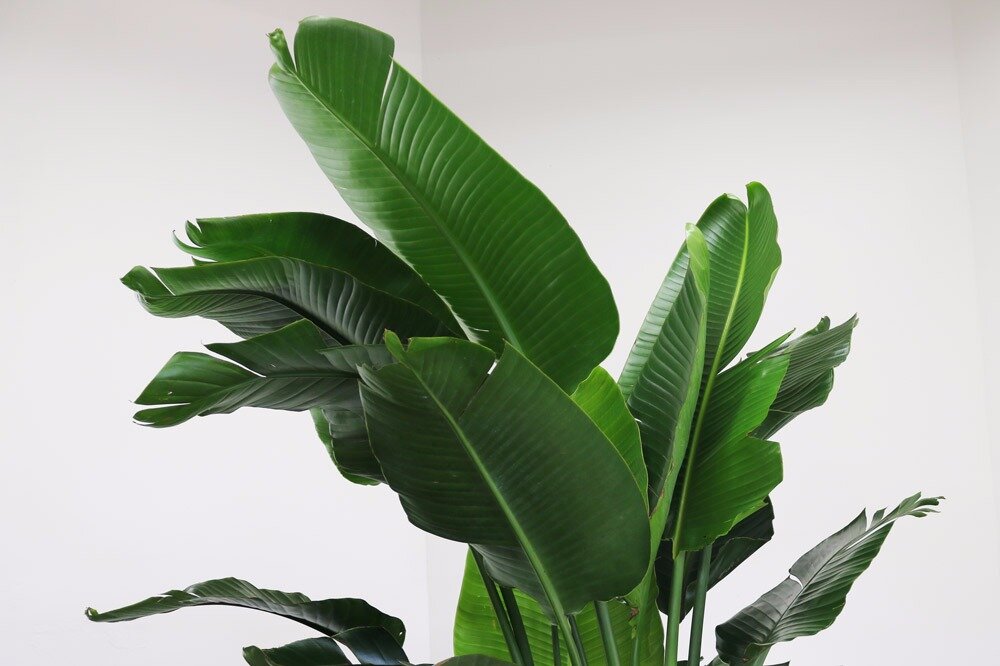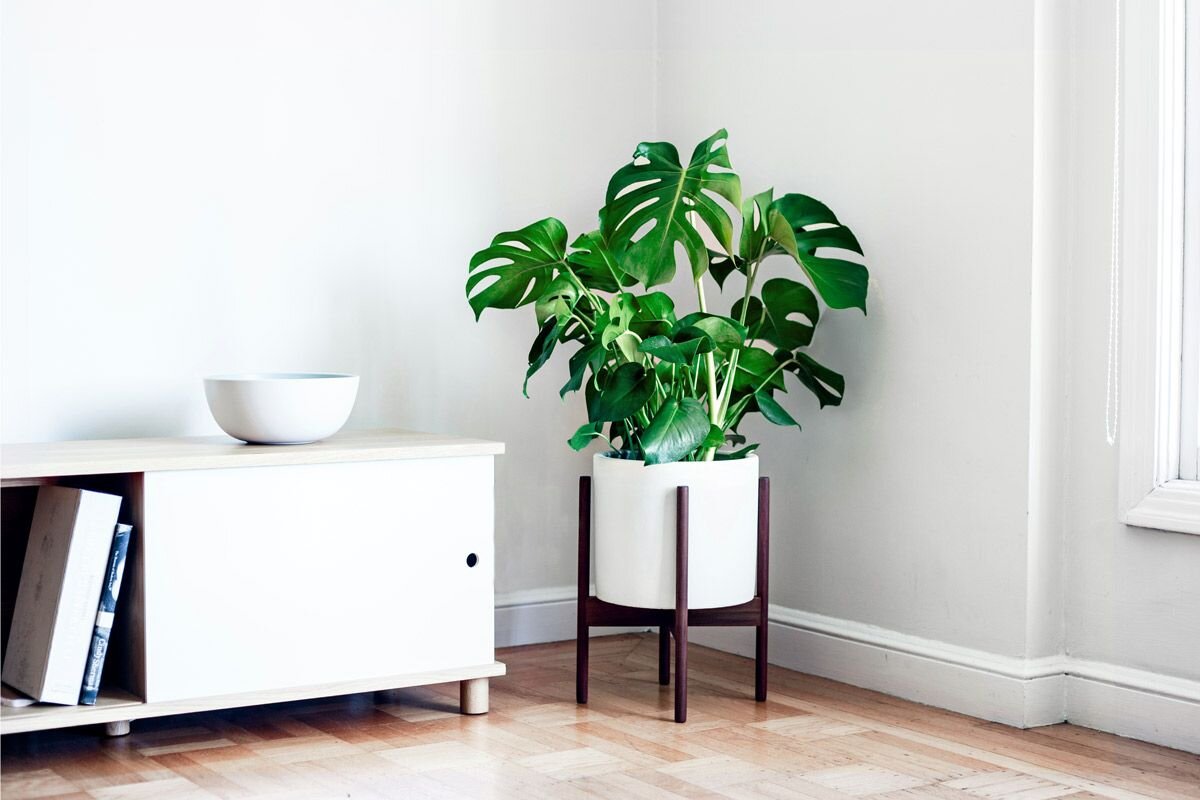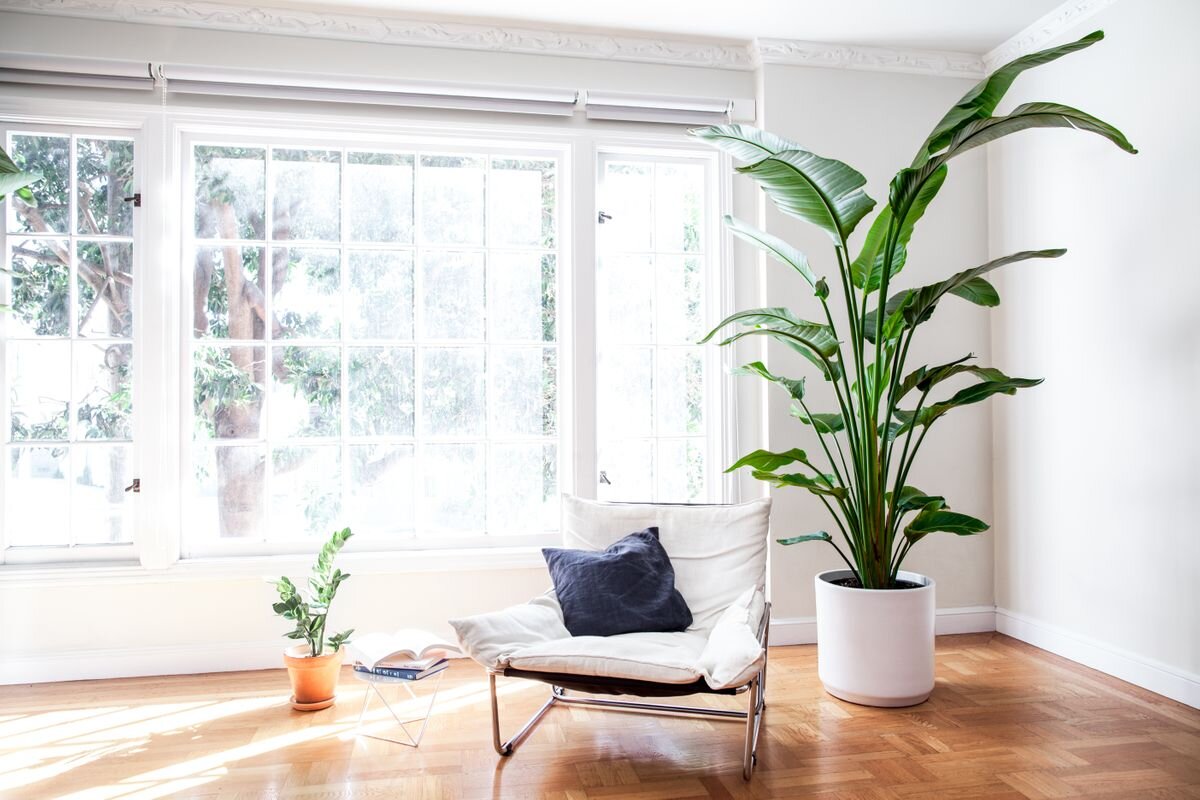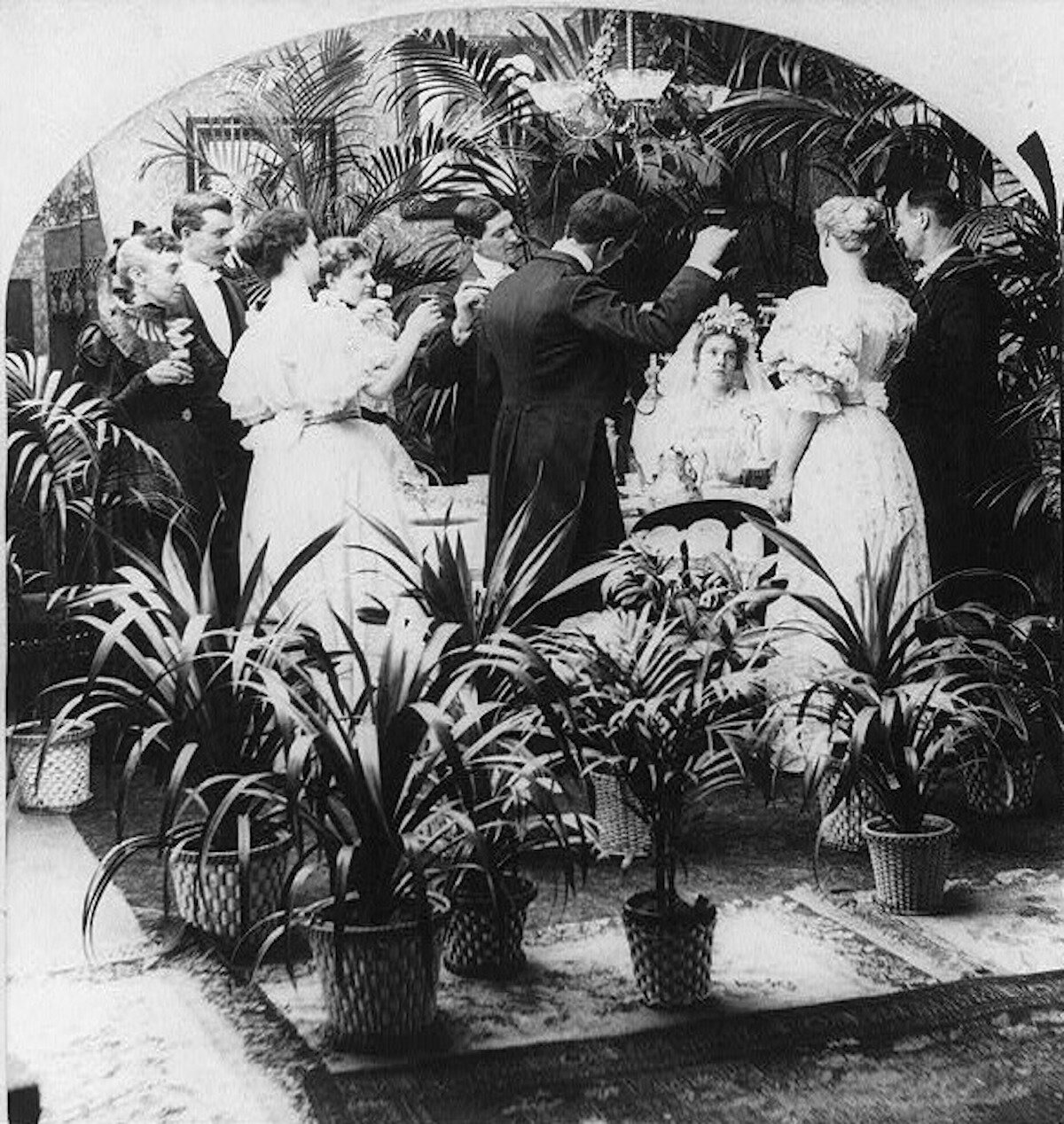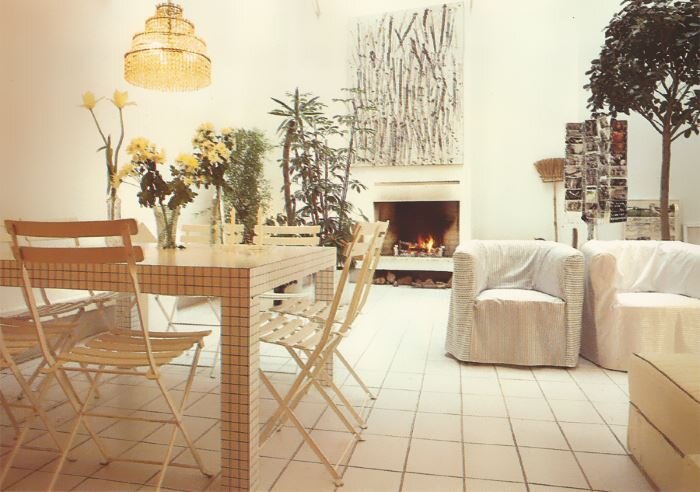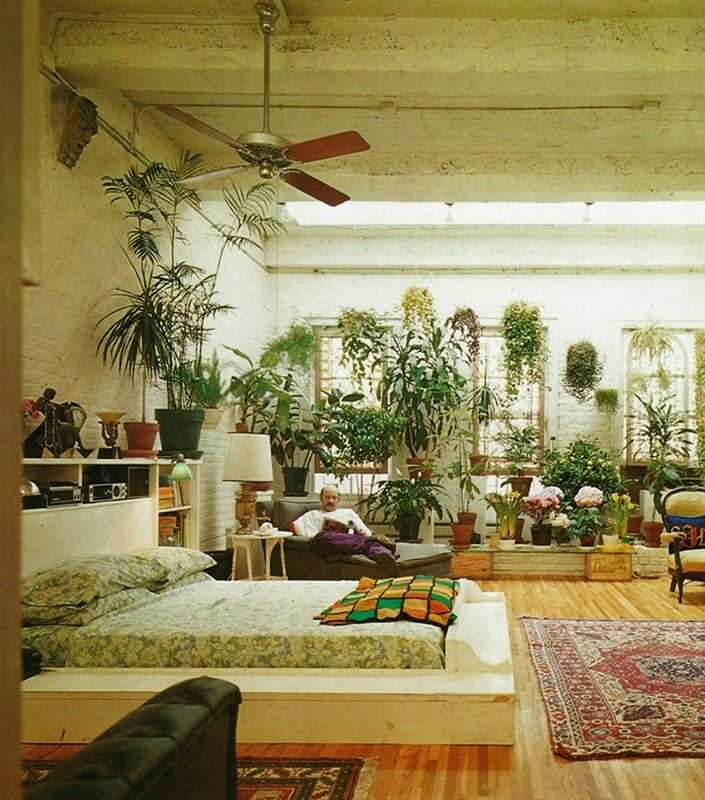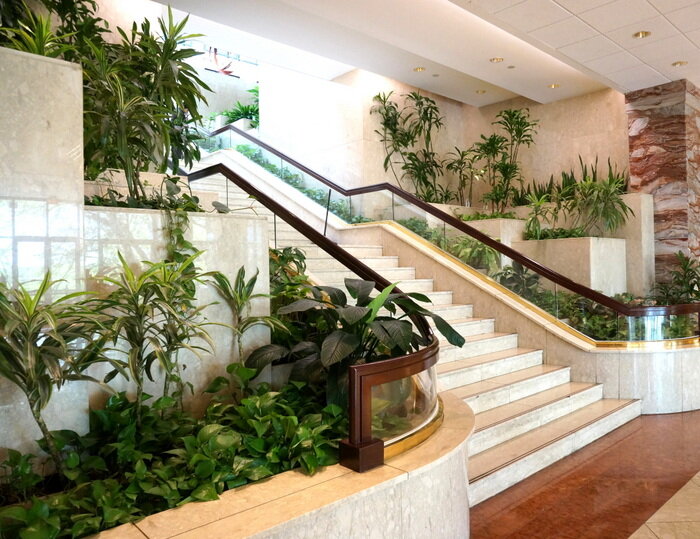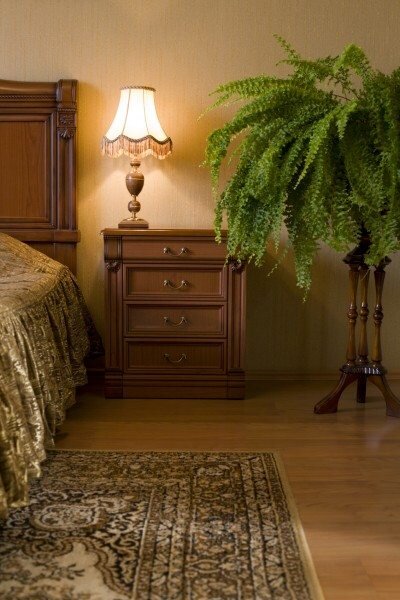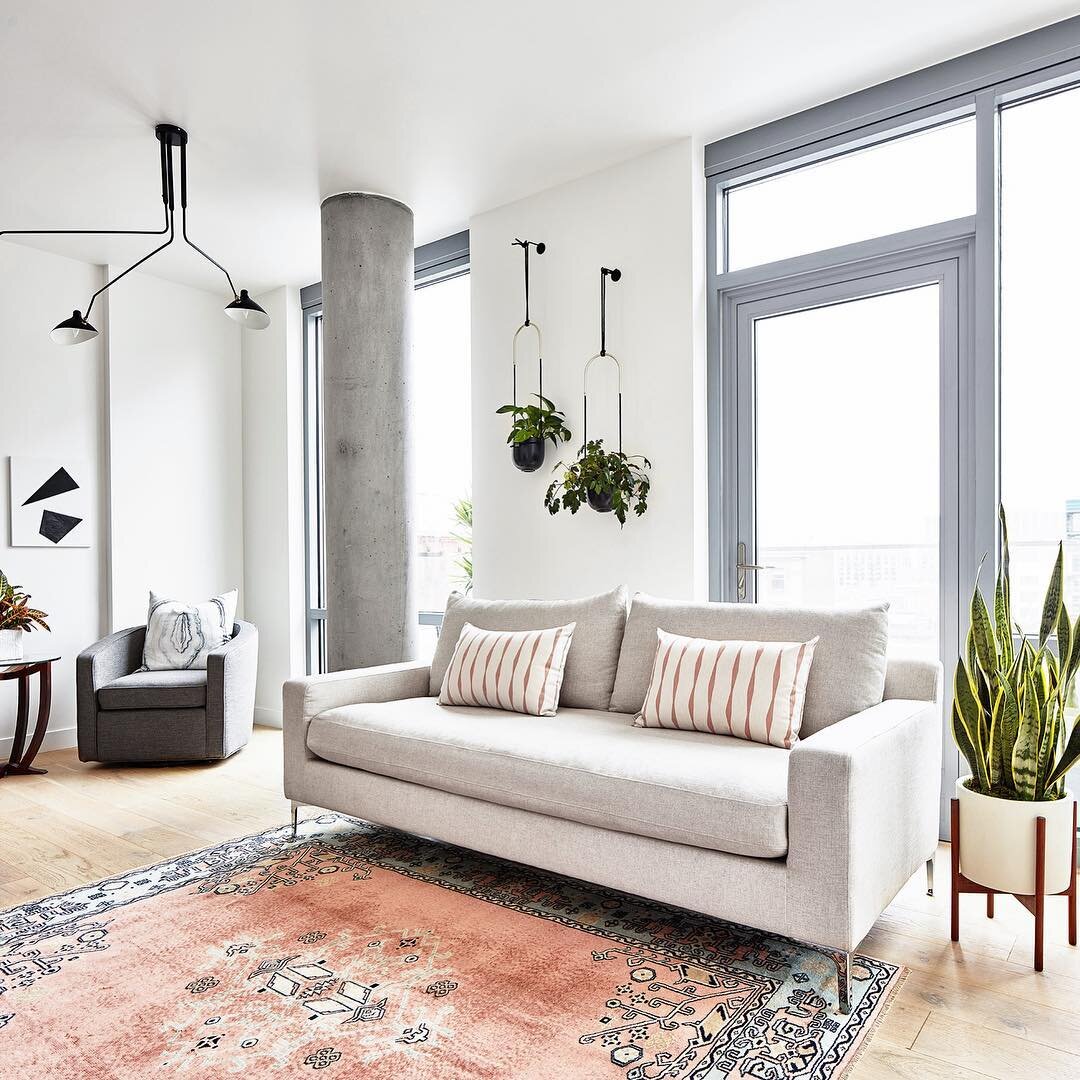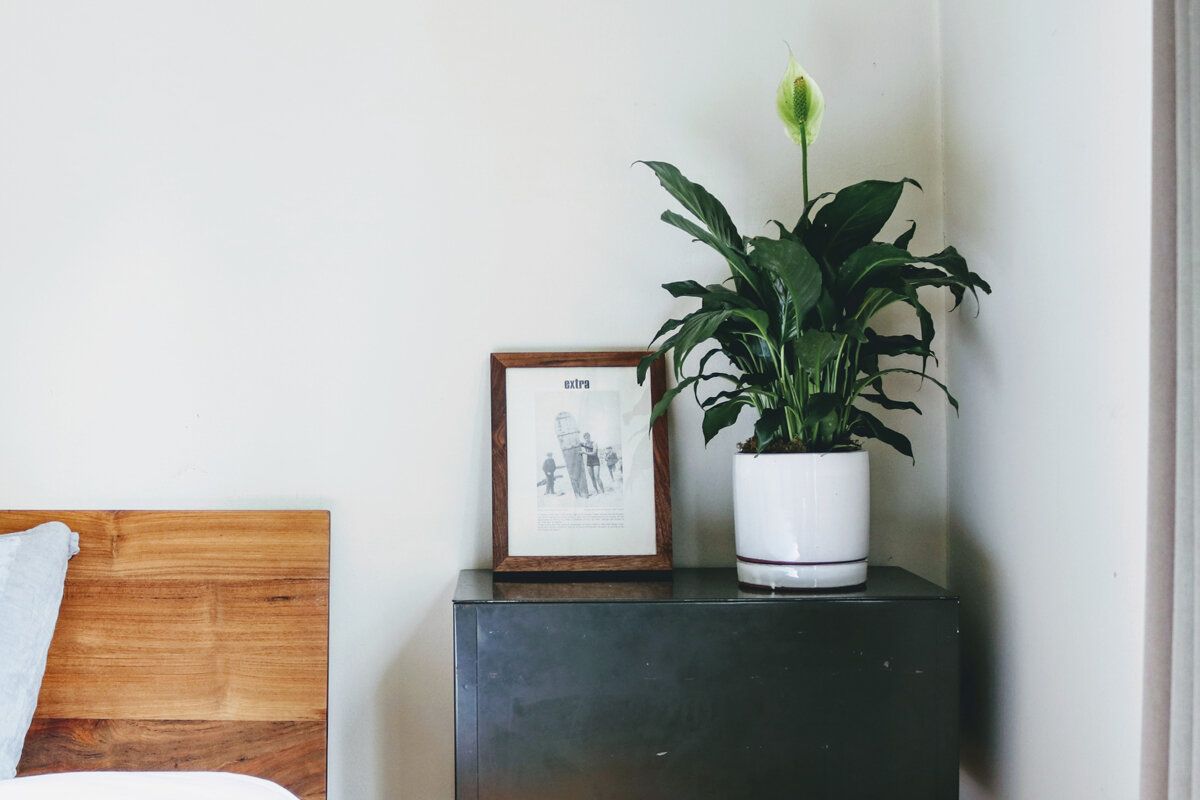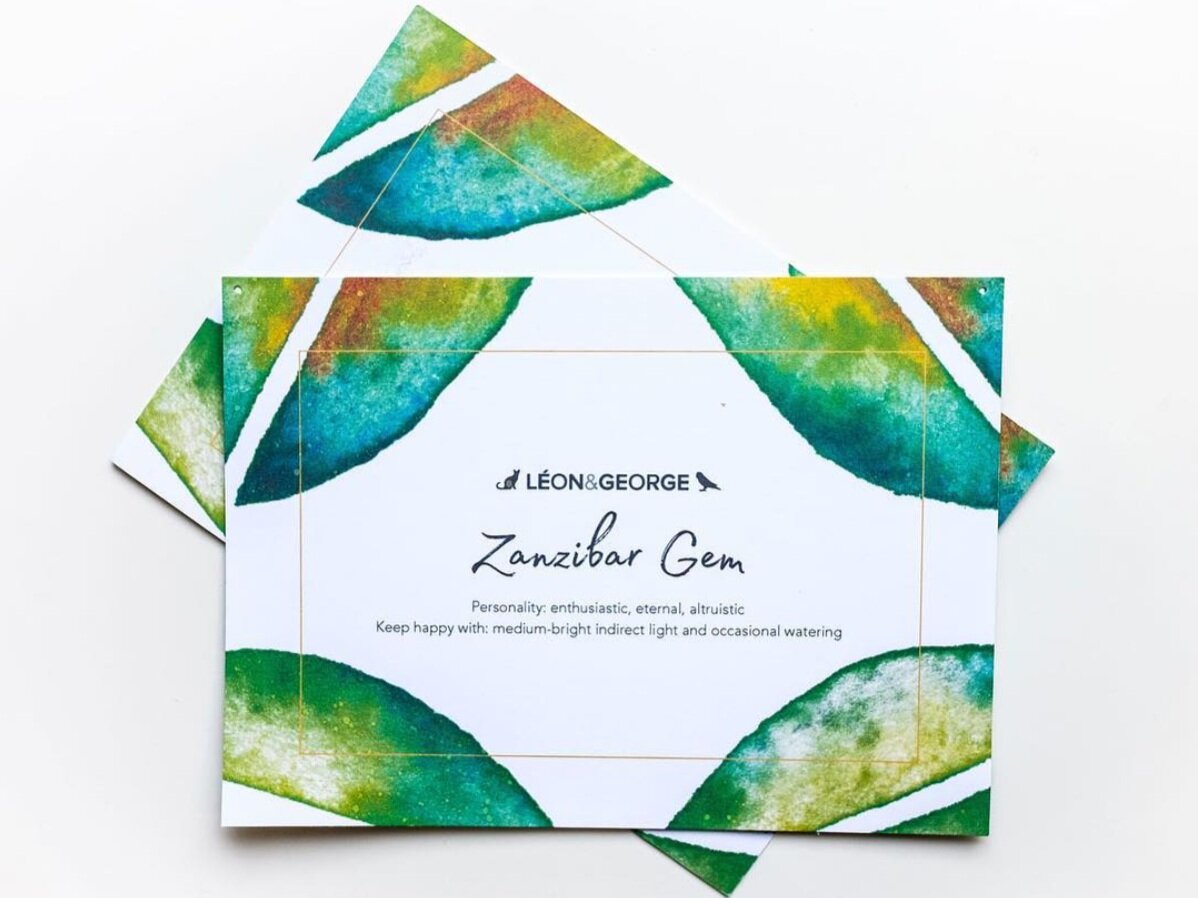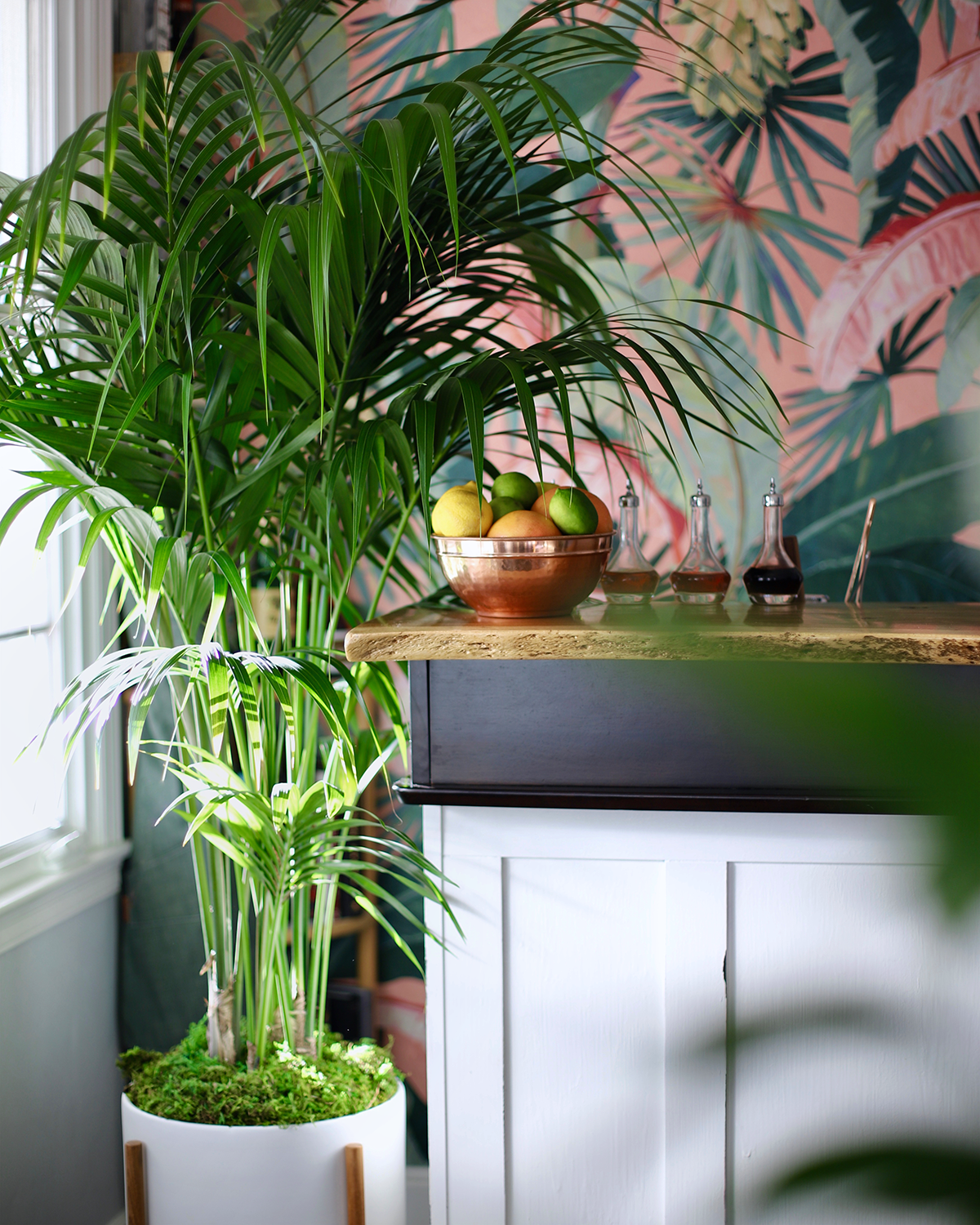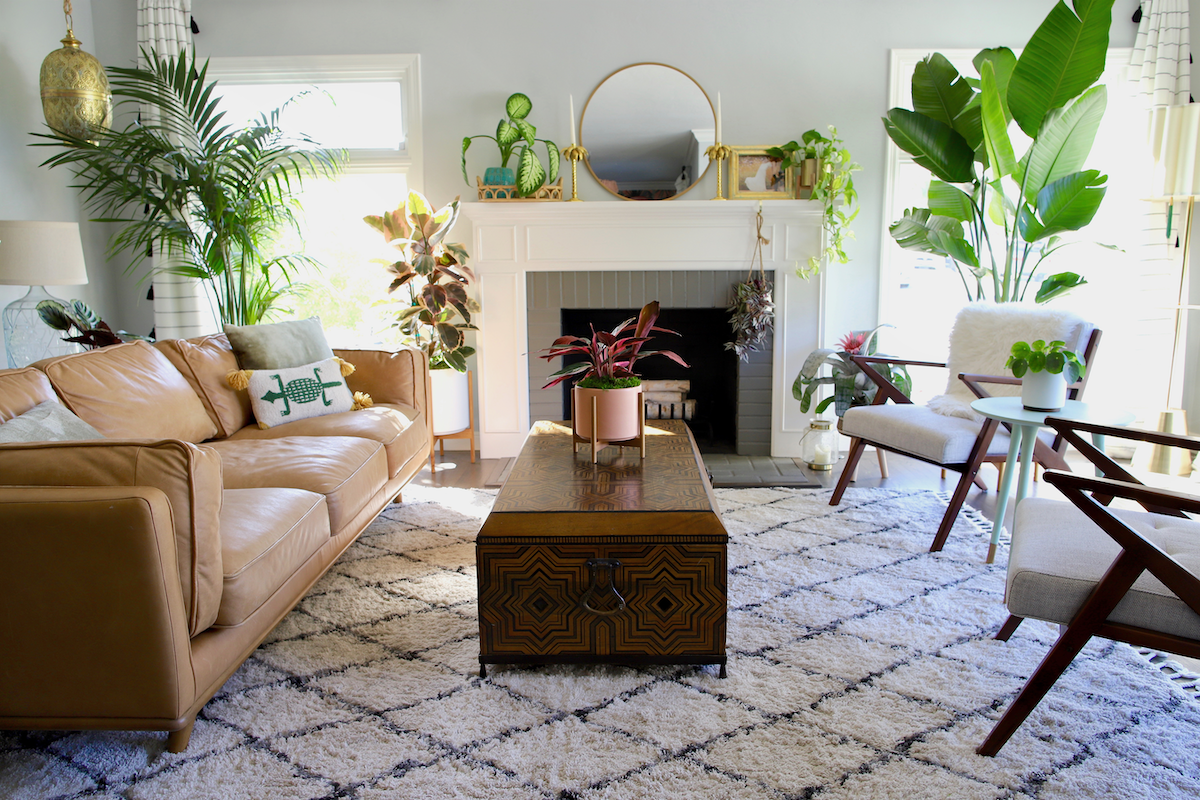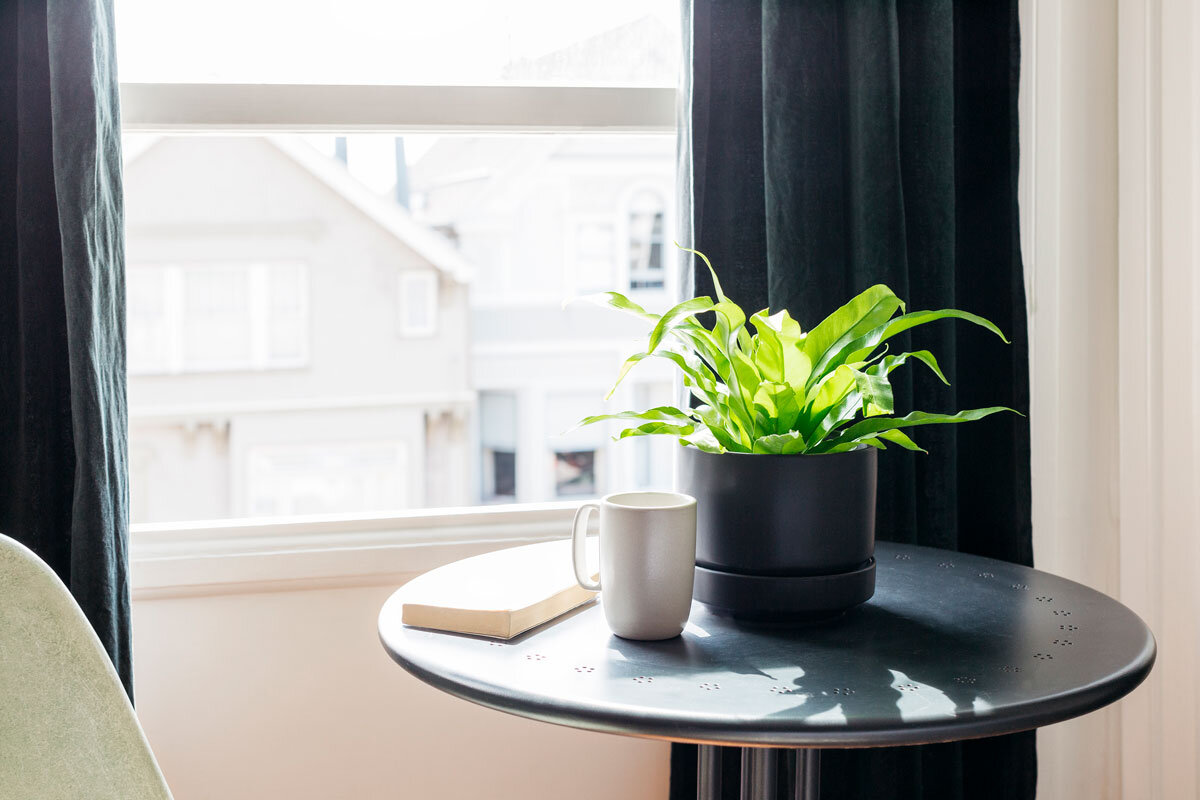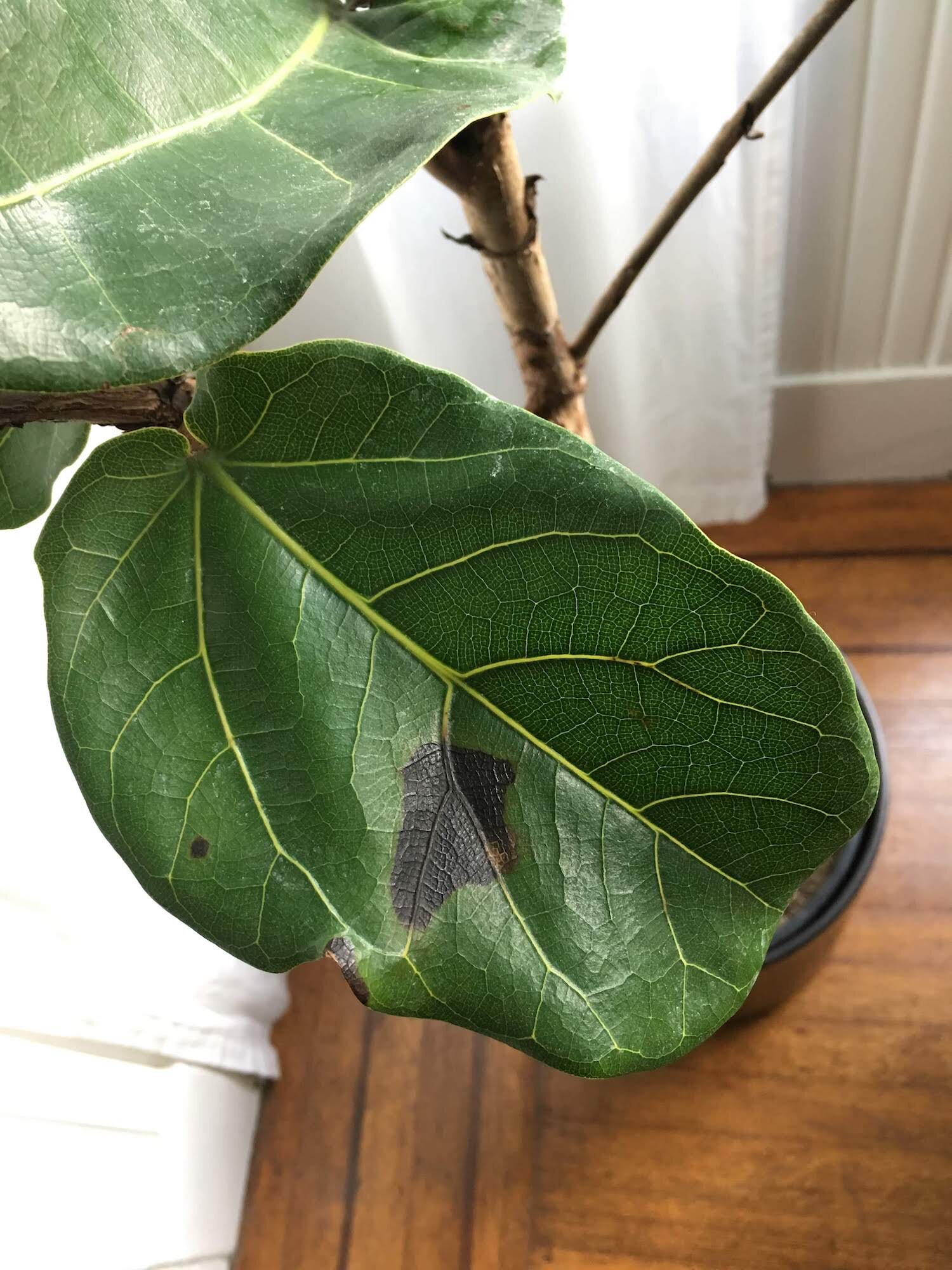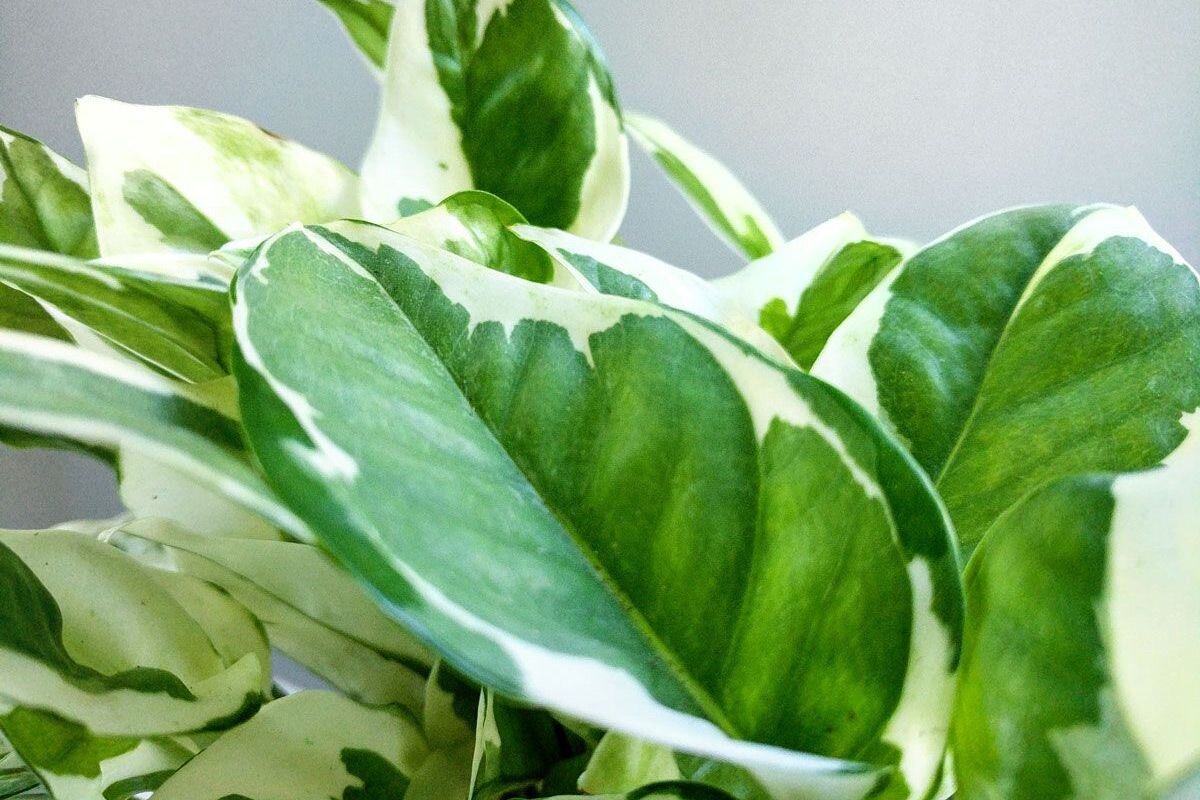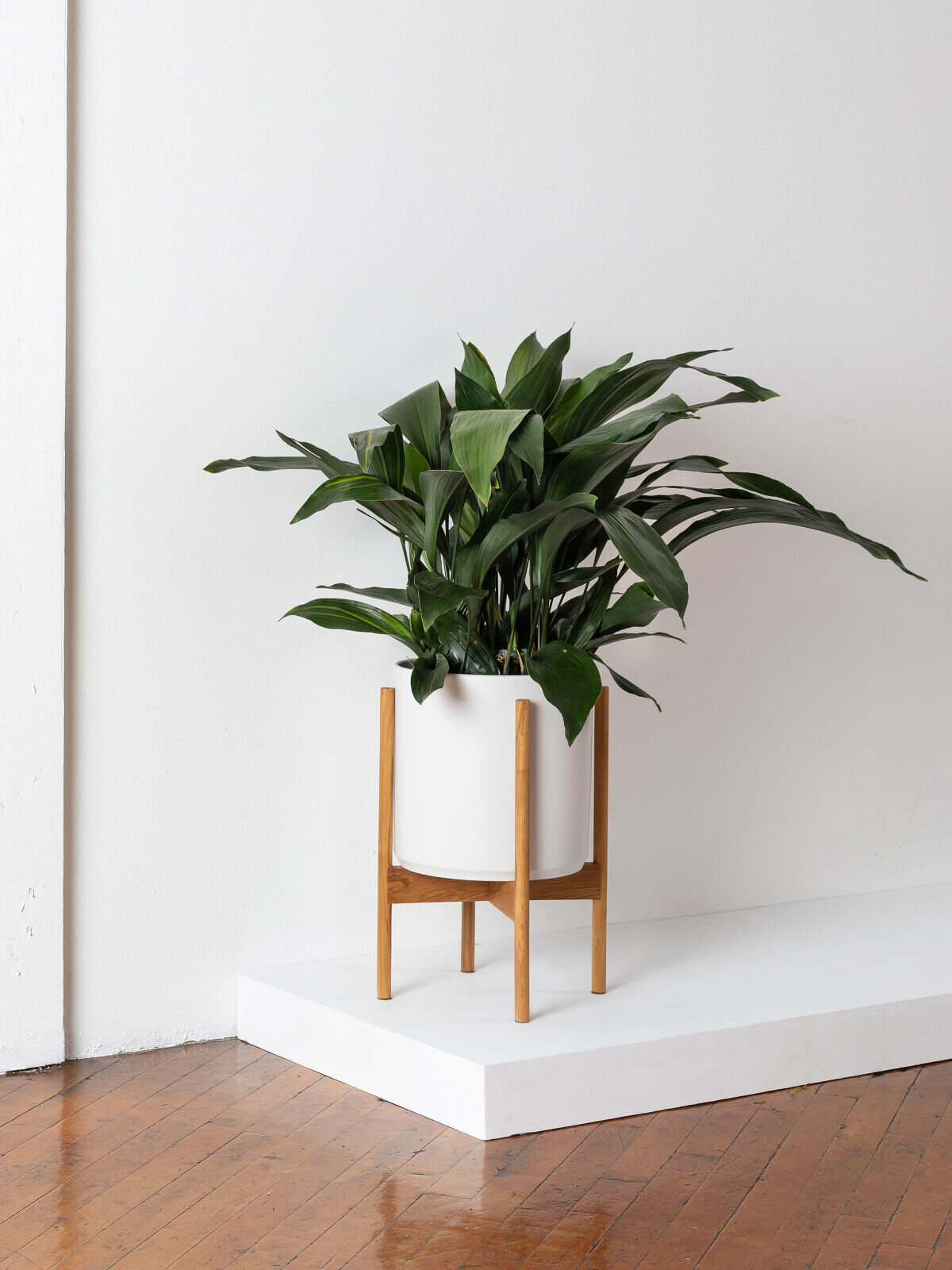In the age of wellness and self-care, it has become abundantly clear that plants are good for us. But when it comes to air purification, there’s a lot of misleading information out there. How do plants improve our environments, and which plants clean the air? Will just one plant make a difference? What are the best air purifying indoor plants, including for low light spaces?
Let’s dive a little deeper and lean about how plants clean the air, and which are the best air purifying plants to add to your space!
How do plants clean the air?
Plants purify the air during photosynthesis, the process by which plants convert light and carbon dioxide into food to fuel growth and creating oxygen along the way. And in addition to removing CO2 and creating oxygen, many plants also absorb other gases and VOCs (volatile organic compounds) such as benzene and formaldehyde, which are found in many common household goods and are linked to various respiratory health issues.
TOp air purifying plants
Some plants are better at cleaning the air than others. According to the NASA clean air study, below are a few of the most powerful air-purifying plants:
Snake Plant, particularly the Laurentii variety
Palms like the Kentia Palm or Parlor Palm
Devil’s Ivy, like the Cascading Pothos or Jade Pothos
Ferns, like the Boston Fern or the Bird’s Nest Fern
Spider Plant
Ficus trees, like the Weeping Ficus or Rubber Tree
And many more! Check out our full collection of air purifying plants here.
do plants actually remove toxins from the air in my home?
While plants do in fact clean the air, one plant won’t necessarily make a big dent in your air quality. You need a relatively high concentration of plants in order to reap the benefits. That said, though a single desk plant might not make a difference, it certainly won’t cause any harm!
Thinking of adding a few plants to help freshen up your space? Shop our full collection of air purifying plants and get them delivered straight to your door.
Indoor plants, potted & delivered
Premium plants paired with stylish ceramics, plus lifetime plant care support. Order online at leonandgeorge.com



